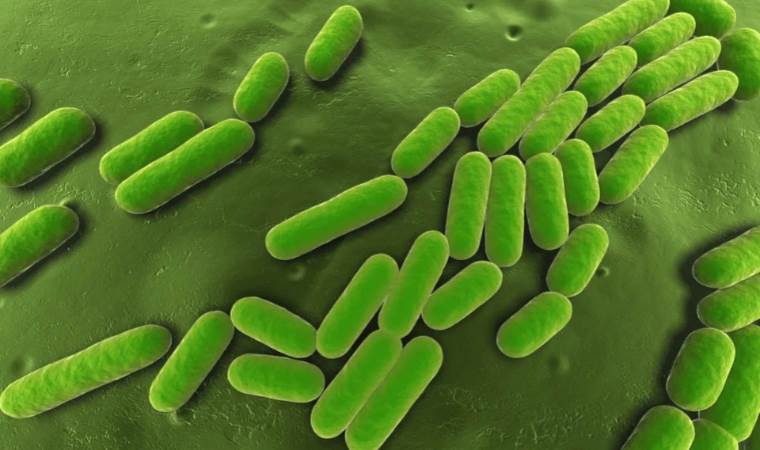Underground bacteria convert CO2 to crystals
Deep beneath lies a bacterium with the remarkable ability to rapidly convert carbon dioxide (CO2) into solid mineral formations under extreme conditions.

The potential application of these peculiar microbes in capturing greenhouse gases within depleted fossil fuel reserves has captured the attention of scientists. Recently, researchers from Soeder Geoscience LLC and the South Dakota School of Mines and Technology embarked on a quest to identify carbon-sequestering microbes capable of thriving in the high temperatures and pressures prevalent beneath oilfields.
Their pursuit yielded three promising candidates. Among them was a species of Bacillus bacteria, residing 1,250 meters (4,100 feet) below the Earth's surface in the deepest underground laboratory in the United States—the Sanford Underground Research Facility in the South Dakota Black Hills.
The other two species included a Geobacillus strain, also adapted to withstand extreme heat and pressure, and Persephonella marina, a "hyperthermophile" thriving in the hydrothermal vents of the Pacific Ocean, capable of enduring temperatures up to 110°C (230°F), seawater salinity, and high pressure.
The bacteria underwent a series of rigorous laboratory experiments, exposing them to a variety of extreme pressures, temperatures, and acidities.
Preliminary findings indicated that the optimal conditions for the microbes to catalyze the conversion of CO2 into calcite crystals were at pressures 500 times greater than those at sea level, and temperatures of 80°C (178°F). Under these extreme conditions, the bacteria could transform CO2 into carbonate crystals within a mere 10 days.
This remarkable feat is made possible by an enzyme known as carbonic anhydrase, which facilitates the reaction between CO2 and water.
The voids left behind by depleted oil and gas fields present an ideal reservoir for storing captured CO2, effectively preventing its release into the Earth's atmosphere, where it exacerbates the greenhouse effect and contributes to climate change.
Given the bacteria's ability to thrive in the harsh conditions characteristic of depleted oil and gas fields, there arises the prospect of injecting them into these subterranean voids to permanently sequester CO2. Additionally, the solid carbonates produced could serve as an effective seal, preventing the leakage of residual liquids and gases from abandoned oil wells.
While much of this remains theoretical at present, advancements in carbon capture technologies such as this hold immense promise in addressing the climate crisis.
However, it's crucial to recognize that the potential of carbon capture should not detract from the urgent imperative to reduce reliance on fossil fuels; merely addressing the symptoms without tackling the root cause is futile.
The research findings were presented at the American Geophysical Union conference in San Francisco late last year.
Deep beneath lies a bacterium with the remarkable ability to rapidly convert carbon dioxide (CO2) into solid mineral formations under extreme conditions.
